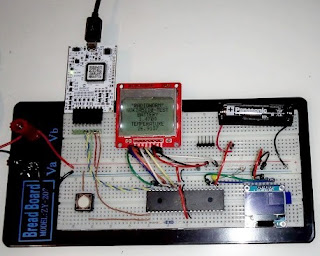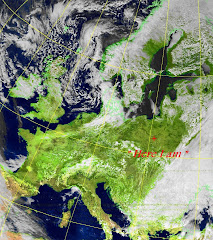Frequent or prolonged exposure to high levels of solar ultra-violet (UV) radiation can damage the skin. But how can we know exactly what that level is ?
I've designed a UV Radiation Meter to measure and display ultra-violet light radiation from the sun. It will be useful to quantify what UV radiation level I am actually exposed to when outside, particularly in summer, though I do normally take the precaution of at least wearing reactive spectacles and a hat.
The meter is based on the Silicon Labs SI1145 UV Index sensor, ( with I2C interface - see 27 March 2019 ), and the Heltec WiFi Kit 32 (HTIT-WB32) ESP32 development board with blue OLED display which I featured in the last post. It has an internal 3.7V 1000mAh Lithium battery which gives about 17.5 hours of continuous operation, and can be recharged in-situ by USB; charging time 3 hours 40 mins. I chose a stylish white hand-held enclosure; it looks quite smart.
UV Index, ( zero to 11+ ), and UV Level are displayed according to the W.H.O. definitions; Low, Moderate, High, Very High & Extreme.
 |
| UV meter displaying an indoor measurement |
In the image above, access to the micro usb connector for battery charging and programming is on the left.
I completed it too late for using it much this year; but it's ready and waiting for next summer.
( W.H.O = World Health Organisation )









